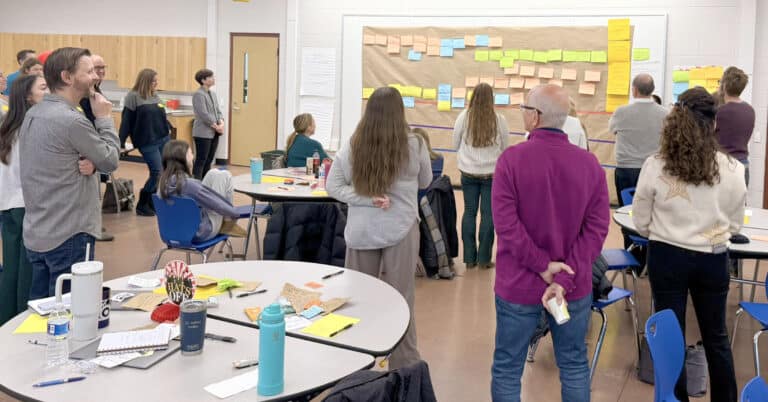Many district leaders may not consider their budget as a communications tool, but it’s one of the best places to affirm your commitment to your vision for all learners – and share that commitment with the community. Being transparent about what the district’s dollars are supporting builds trust, so whether you’re considering a new investment or reviewing previous year’s expenses, here are four essential things to consider when beginning – and communicating – the budget process.
1. Community alignment = dollars better spent
2. Be explicit about how every financial decision aligns to your vision
You should be able to identify with every approval, whether it’s for a new technology, a field trip or an afterschool initiative, how it aligns to what your learning community has identified that they believe and desire for students. It can be as simple as changing your process for budget approvals to not only get the appropriate signatures and school board approvals, but identifying clearly how your spending connects to your district-wide vision.
3. Use your budget as a tool to communicate your vision
If your community has agreed on what they want to see for all learners, your budget is the perfect opportunity communicate how each expenditure above and beyond operating expenses aligns to one, or more, of your guiding principles. Make it clear that any line items that are not approved mean something that the community has agreed that they want won’t happen.
4. Recognize the value in your principals and educators as first-line communicators
How you communicate your vision and spending internally matters as much as how you do so externally. Parents and community members have the most interactions with teachers and principals, so they trust them the most. When parents and local leaders can hear from their daughter’s third-grade teacher or their son’s high school principal how district spending is aligned to what they want for learners – because your office has been conscientious about communicating internally – you are reinforcing trust and community will.
Lay the groundwork for a community-wide vision for personalized, competency-based learning with our toolkit.
This was written by former Senior Manager of Communications Jillian Kuhlmann.




